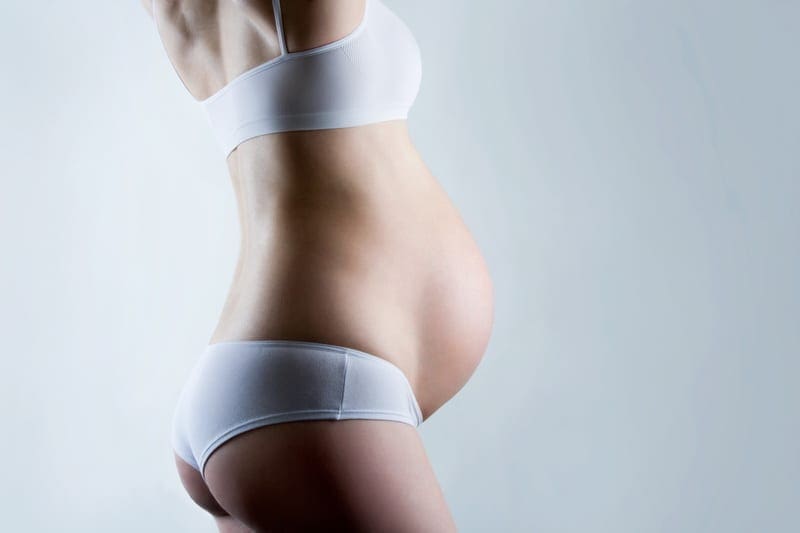Most pregnant women will get stretch marks, but there are things you can do to try to prevent them. Factors that play a role in whether you’ll get stretch marks include your genes, ethnicity, and skin color. Also, important is your diet and how much weight you gain during pregnancy.
Stretch marks can be caused by certain genes, but the main cause is when the middle layer of the skin (dermis) stretches too much and breaks. This often occurs during pregnancy when the fibers that make up the dermis are stretched beyond their capacity, causing them to rupture. Hormonal changes during pregnancy can cause stretch marks by making the collagen ligaments in the pelvis softer and more prone to stretching.
Stretch marks can vary greatly in size, from a few millimeters to over 8 cm in length. While you’re most likely to find them on your bump, they can also appear on your breasts, bottom or thighs. Stretch marks can be a nuisance, but there are things you can do to help reduce their appearance.
One way to reduce the appearance of stretch marks and improve the health of your skin is through diet. Include plenty of fresh fruits and vegetables as well as omega-3-rich foods in your diet. Foods high in vitamins C and E, zinc, and silica have been known to help skin stretch better. You can also improve your skin’s health by avoiding alcohol and staying hydrated.
Yes, keeping your skin hydrated will help to maintain its elasticity and reduce the appearance of stretch marks. Moisturizers and lotions help to lock in water and keep the skin supple.
Pregnancy can be a big challenge for your skin. A lot of creams are made to combat dry skin, but that’s not the same thing as a 30-inch stretch over 40 weeks. It’s important to choose a cream or oil that’s been made specifically for that purpose, and only use pregnancy-safe ingredients.
Using a pregnancy stretch mark cream does not guarantee that stretch marks will be prevented. However, massaging your belly can improve your skin’s circulation and help you bond with your unborn baby. Both of which are hugely beneficial.
Stretch marks are marks that can appear on the skin during pregnancy, usually around 6 to 7 months, as the skin stretches to make room for the baby. Unfortunately, just because you may have escaped having stretch marks during your first pregnancy, it doesn’t guarantee you immunity from them in a subsequent pregnancy. Between your pregnancies, your skin condition may have changed in the interim and lost some of its elasticity.
During pregnancy, your diet, water intake, and the use of a specialized stretch mark cream are crucial factors that can determine if you will develop stretch marks. Taking these precautions can help reduce the incidence and appearance of any stretch marks that do appear during pregnancy.











